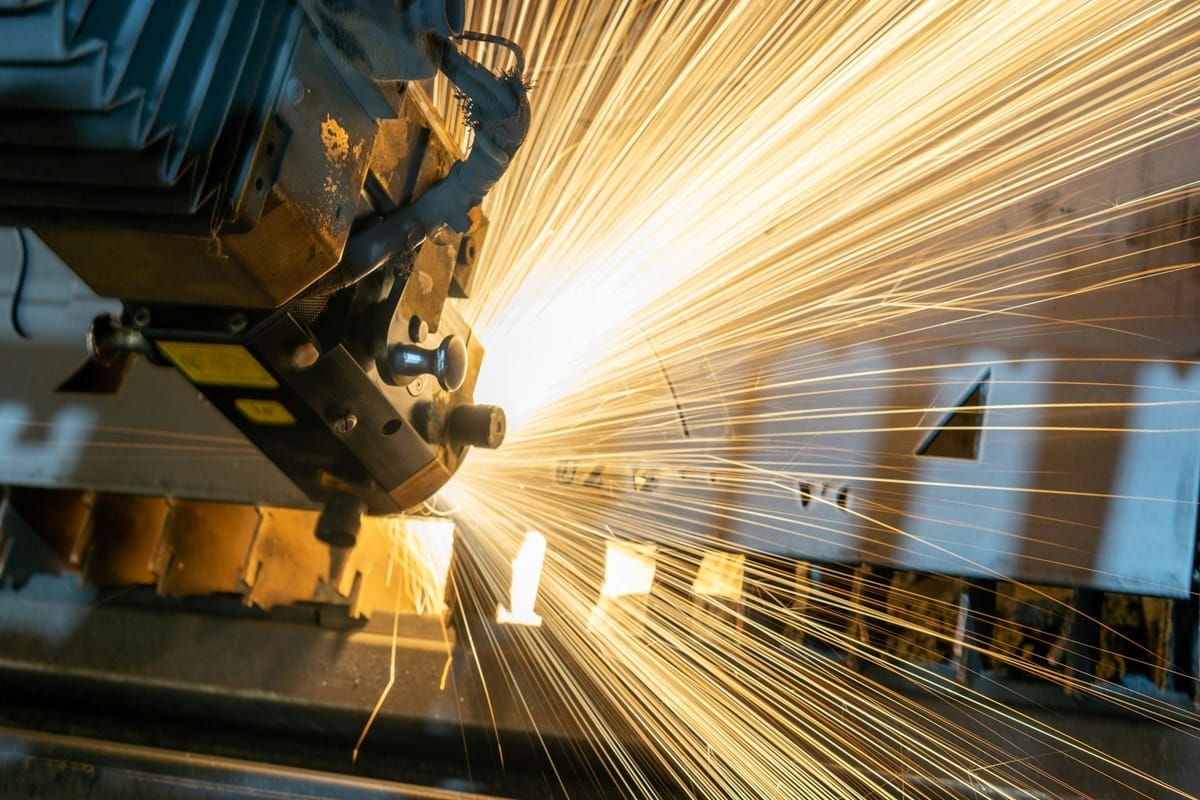In China, the level of factory activity was recorded in May, which demonstrated the fastest rising pace in about the last two years.

Currently, production volumes are increasing in the mentioned Asian country. This tendency, which is uniquely favorable for Beijing’s economic interests, is facilitated by the growth in the number of new orders. It is worth noting that in China, companies belonging to the private sector are currently declaring an increase in consumer interest. Against the background of these circumstances, an improved forecast for production activity in the Asian country in the second quarter of the current year is being formed. The May data became a source of optimism.
The Caixin/S&P Global manufacturing purchasing managers’ index (PMI) last month was fixed at 51.7. It is worth noting that in April this indicator was 51.4. It is also an important fact that the May result was the highest since June 2022. Moreover, the indicator for last month exceeded the preliminary expectations circulating in the expert community and provided for the PMI for May at the level of 51.5. It is worth noting that the 50-point mark separates growth from contraction.
Currently, the Chinese economic system is in the zone of impact from such negative circumstances as weak domestic demand and the crisis in the local real estate sector, which turned out to be deep and in some sense even fundamental, dragging on for several years and so far showing no signs or at least potentially theoretical probabilities of imminent completion. To counteract the adverse consequences of these realities, Beijing this year decided to increase the volume of investment in infrastructure projects. Also, as part of efforts to counter the mentioned challenges that have formed in the chronological space of the current historical moment, the Chinese authorities have invested heavily in the high-tech manufacturing sector. It is worth noting that this area of activity in the future may become one of the main driving forces of the economic growth of an Asian country, which faces the risk of significant restrictions on its positive dynamic, faced with the problem of insufficient domestic demand and a crisis in the real estate sector.
The media notes that Chinese businesses and workers have yet to feel the full effect of Beijing’s measures aimed at supporting industry.
It is worth noting that the upbeat Caixin PMI contrasted with an official PMI survey, which was released last week and contained data on a decrease in manufacturing activity. This indicates that the favorable state of affairs in this case is to a certain extent a conditional characteristic, the interpretation of which, in the context of the circumstances that constitute the prevailing situation, faces many nuances and not the most pleasant clarifications. The mentioned multidirectional indicators signal that the recovery of the Chinese economy in the second quarter of 2024 is very problematic to cope with the task of maintaining the positive dynamic, which was recorded in January-March and exceeded the preliminary expectations of experts. The fairly strong economic growth during the first three months of the current year seems to be starting to weaken. It is worth noting that it is too early to draw any unambiguous conclusions about the overall result for the second quarter of 2024. The economic situation in China is not critical or catastrophic, which is why pessimism as the only prism for perceiving the prospects of this state of affairs is not expedient.
Zhou Hao, an economist at Guotai Junan International, said the main question now is whether the Asian country’s exports will hold up well in the coming months. The expert also noted that the export orders index dropped significantly in the official PMI, but remained relatively resilient in the Caixin PMI.
Traditionally, the opinion has been formed that the Caixin survey is more focused on companies that belong to the categories of small and medium-sized businesses and carry out activities focused on the supply of products outside the country. At the same time, the PMI which is an official indicator reflects the situation in a broader context and includes more factors. The corresponding point of view regarding the specified figure has been around for many years.
Respondents who took part in a survey conducted by Caixin said that the increase in manufacturing activity in May was largely due to such a circumstance as the inflow of new work. They also noted that the improvement in domestic demand, which is still fairly weak, and the growth of overseas consumer interest have become factors of a favorable impact on the sales results of new products.
Despite all the difficulties and clearly ambiguous prospects, the Chinese economic system is on a positive trajectory. Against this background, forecasts regarding the dynamic of the economy of the Asian country in 2024 are improving in the expert community. One of the most significant manifestations of the mentioned tendency is the revision by the International Monetary Fund (IMF) of its assessment of the prospects of the Asian country’s economic system. Experts of this organization predict that the corresponding growth in the current year will be 5%. It is worth noting that the previous version of the IMF forecast regarding the prospects of the Chinese economic system in 2024 provided that the mentioned indicator would increase by 4.6%. It is also important that changing the mentioned forecast is to a certain extent a political step. The corresponding dimension of the IMF’s decision to revise its assessment of China’s prospects in the economic environment is noteworthy in the context of growing tensions between Beijing and Washington, where the specified organization is based. Whether the new version of the forecast will become a reality will be known over time.
The current condition of China’s economic system in the context of the prospects for its further change generates a reason to mention the thesis that, in general, a favorable state of affairs will not sharply transform into a negative one due to a slight adverse dynamic and, in general, a pessimistic situation will not pass into the category of optimism alone with a guarantee of a symbolic bright future with moderate improvement in internal circumstances. The Asian country’s economy is facing significant problems, but this does not mean that it has begun to move towards the abyss.
China’s trade activity is currently in a zone of uncertainty in terms of further prospects. This state of affairs, characterized by a kind of instability of the future, is the result of the fact that the global economy is now demonstrating a lackluster. The mentioned circumstance is an example of Beijing also facing external challenges in the economic environment.
It is also known that in May, factories in China stepped up their purchasing activity to meet ongoing production needs. The number of corresponding purchases has shown growth, characterized by the fastest pace in the last three years.
Also in May, the Asian country recorded an improvement in the mood of local manufacturers compared to the assessment of prospects that they declared in April. Currently, producers expect market demand to improve in China and other countries. If these assumptions become reality, manufacturers will find themselves in the territory of favorable circumstances that contribute to improving performance.
Moreover, in May, average input costs increased in China against the background of rising prices for metals, plastics, and energy carriers. There is also a quite negative labor market situation in the Asian country. For nine months in a row, the employment rate in China has remained in contractionary territory. At the same time, the rate of job losses slowed down in the Asian country in May. Manufacturers of consumer goods even recorded a moderate increase in the number of staff.
In the context of the challenges facing the Chinese economy, it is also worth mentioning the so-called echo of the coronavirus era, which is no longer the main or sensitive impact factor but still reminds Beijing of itself. During the difficult sanitary and epidemiological situation, significant damage was caused to the entire global economic system. Quarantine measures have limited and in some cases effectively paralyzed business and production processes. The authorities also had to spend significant financial resources directly on the fight against coronavirus in the medical dimension. It is worth noting that China had one of the most stringent quarantine measures in the world.









